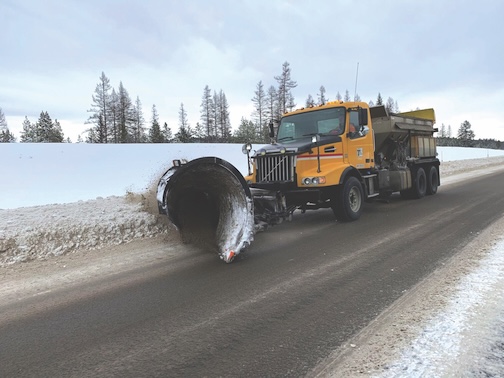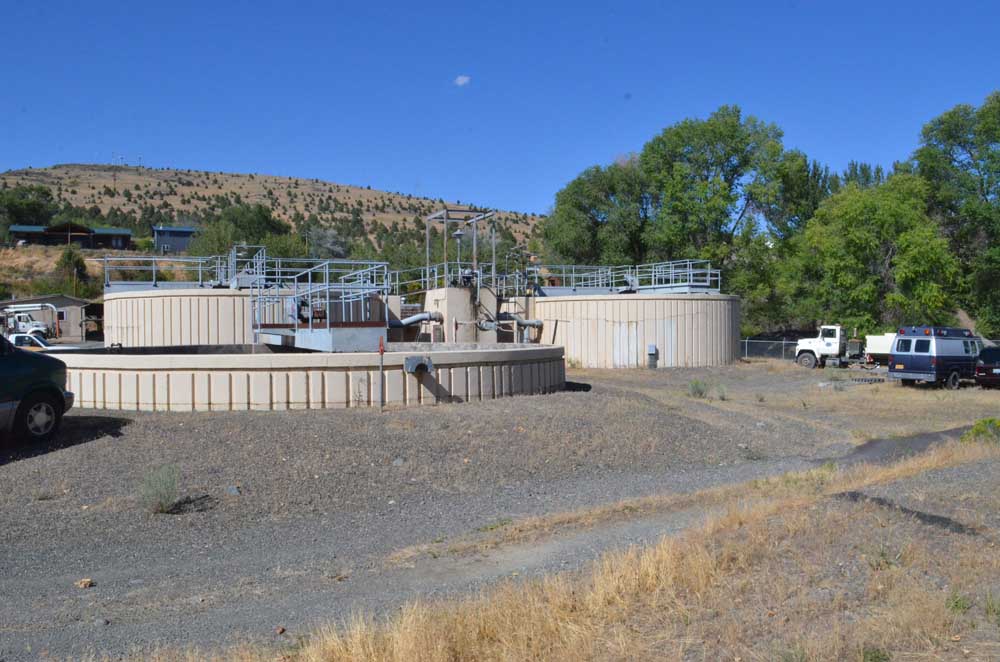ODFW relocates part of I-84 herd
Published 4:00 pm Tuesday, December 18, 2007
SALEM – Wildlife biologists and veterinarians from ODFW successfully captured 29 bighorn sheep from an area near Rufus yesterday and relocated the animals to Baker and Malheur counties.
Trending
The bighorns came from what is known as the I-84 herd because they can be seen right off the freeway, and will be used to supplement existing herds as part of the state’s continued efforts to recover bighorn sheep in Oregon.
“The I-84 herd is outgrowing the habitat available,” explained Steve Cherry, ODFW district wildlife biologist in Heppner. “We are moving them to new areas of the state so we can continue restoring bighorn sheep to Oregon.”
The I-84 herd was first noticed in the mid-1990s; wildlife biologists believe they migrated from the John Day River Canyon after a wildfire.
Trending
Public safety concerns also played a role in the decision to move part of the herd. Drivers often stop along the freeway to look at the sheep, which is unlawful and dangerous to other drivers. Wildlife biologists are also concerned a sheep might wander out onto the freeway.
“Our maintenance crews have observed cars, sometimes several at a time, pulling over and parking right off the freeway, with drivers and passengers getting out for a look at the sheep,” noted Sam Wilkins, Oregon Department of Transportation District Manager. It’s just not the best place for people to be observing sheep.
Drivers can get off at the Blalock or Philippi Canyon exits on I-84 and pull over to the side of the road. With a good pair of binoculars, the sheep can often be seen from these areas. Bighorns can also be viewed nearby along the Lower Deschutes River from Macks Canyon Road between Oakbrook and Mack’s Canyon. Typically, rams can be seen between Oakbrook and Jones Canyon from May through September and upstream of Mack’s Canyon from August through October. Also, ewes and lambs can be seen near Beavertail Campground and the rims on the east side of Cedar Island from April through August.
During yesterday’s operations, a helicopter was used to herd the animals before they were captured with a net fired from a specially designed gun. Once captured, the sheep were hoisted in the air by the helicopter and taken to a location where ODFW biologists and veterinarians, plus volunteers from the Oregon Chapter of the Foundation for North American Wildlife Sheep (FNAWS), processed the animals. Of the 29 bighorn sheep captured, 12 were rams, 13 were ewes and four were lambs.









